All about acrylic yarn
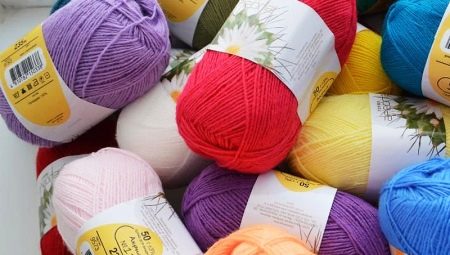
Knitters have different attitudes towards acrylic yarn. Someone does not like acrylic because of its unnatural origin and the tendency to form pellets on the surface of products. Others love to work with acrylic yarn and wear things knitted from it. Adherents praise the material for the brightness of shades, ease of maintenance and attractive appearance.

What it is?
Acrylic is a synthetic thread. Refined products are used for its production. Acrylic fiber is created through complex chemical reactions under certain temperature conditions.
In such a context, it makes no sense to delve into the description of the immediate production process. It is much more interesting to analyze what characteristics and properties this product has. It is customary to call acrylic all polymeric materials, the composition of which is methacrylic acid. But most often the word "acrylic" occurs in the context of different types of yarn.
For the first time, acrylic fiber was obtained by scientists in the middle of the twentieth century in America. It is this country that is considered the birthplace of fibers of complex synthetic origin. The Americans began to master the novelty, and soon the first variety appeared - the material "Orion". Acrylic itself and this name originated in 1952.

Composition
100% acrylic yarn is produced by complex technical manipulations from hydrocyanic acid and acetylene, extracted from natural gas. This is how 100% synthetic fibers are obtained. In production in different countries, the names of acrylic yarn differ: PAN, acrylane, camilon, ordon, dralon, kurtel and more.
And also acrylic is often called artificial wool due to the similarity of the properties of synthetic and woolen fibers. In fact, the unnatural origin of acrylic does not mean at all that the material is endowed with continuous imperfections. It is worth finding out in more detail what are the pros and cons of threads made from 100% synthetics and blended yarns with its addition.

Advantages and disadvantages
It is recommended that you start learning to knit with synthetic acrylic threads, since it is easier to learn to knit this way. In the hands of beginners, such yarn is less tangled and slips off the knitting needles.
The loops are more neat, and the fabric is denser and smoother. In addition, the products are bright and spectacular, and the material can be purchased at a reasonable price.

Things knitted from acrylic yarn:
-
do not shrink during washing;
-
do not lose their shape during wear;
-
pellets do not form on high-quality material, but if this happens, you can simply purchase a machine to eliminate them;
-
the yarn does not fade and is easy to dye in production;
-
products made of synthetic yarn dry quite quickly, especially if you squeeze them out at low speeds in the washing machine;
-
the contact of the material with the skin leaves a pleasant sensation;
-
material resistant to fading;
-
does not cause allergies, and therefore, items of children's wardrobe and toys for the little ones are often knitted from acrylic;
-
synthetic fiber has greater strength in comparison with plain wool, so things made of acrylic wool turn out to be as wearable and durable as possible;
-
affordable price for skeins of yarn - a clear advantage over counterparts for needlework;
-
the fiber is easily dyed, which allows the production of threads of all kinds of shades;
-
things made of acrylic do not fade;
-
acrylic products do not wrinkle, for which they are highly valued by travelers - this allows you to look fresh and neat in any situation;
-
the material is very pleasant to the touch, soft in contact with the skin, warms the body;
-
resistant to adverse weather conditions, acids and solvents, dry cleaning;
-
poor hygroscopicity can be considered an advantage - if you accidentally pour yourself over coffee or juice, there will be no stains on things made of acrylic (if there is a trace, it is unstable, there is no need to take the product to dry cleaning);
-
synthetics are not to the taste of moths, which allows you not to worry about the thing during its long-term storage in the closet.


Consider the negative properties of 100% acrylic.
Even those qualities that do not suit one person may not interfere at all and even please another. Everything is individual, and you just need to study everything before purchasing yarn or a thing from acrylic yarn:
-
low-quality yarn can roll;
-
accumulates static voltage, electrifies;
-
synthetics have poor hygroscopicity;
-
acrylic filament may become stiffer under the influence of bright light;
-
artificial material absorbs grease and is more difficult to wash;
-
the thing is blown by the wind if the knitting is loose;
-
synthetics have low air permeability, people with increased secretion of sweat glands often complain that they sweat more in synthetic things;
-
100% synthetic acrylic threads are not suitable for making socks, as they will wear off very quickly.
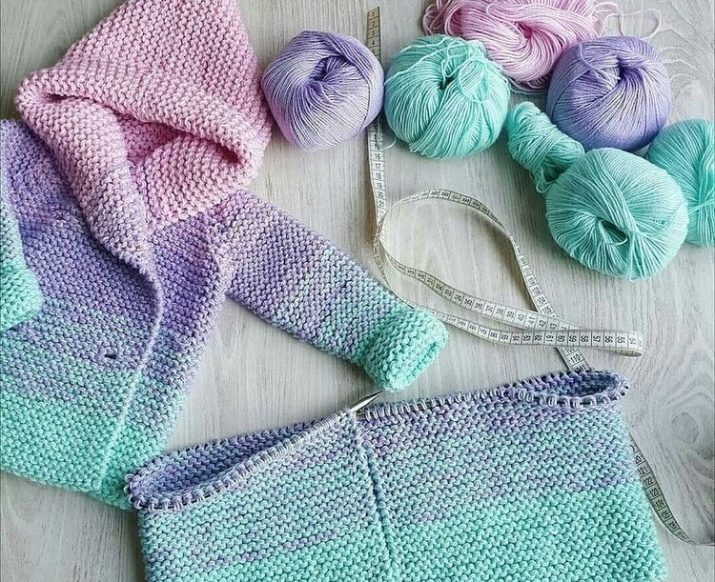
Views
An ideal option for many is blended yarn, which consists not only of acrylic, but also of additional natural fibers. These yarns embody all the positive qualities expected from yarn for knitting garments. Acrylic gives the yarn elasticity and softness, making its color resistant to fading and fading. As a result, the item is more durable and wearable.



The presence of natural fibers in the composition allows the product to "breathe", absorb moisture and provide good heat transfer.
In multicomponent acrylic fibers, up to 5-10% is added. In combination with pure wool or cotton, it can be 35% or more. In such a tandem, the product manages to give all the positive qualities that are especially felt during the operation of knitted clothes. The thing turns out to be soft, voluminous, durable and resistant to deformation when caring for it.


Acrylic with wool is one of the most popular yarns for knitting in cold weather. It is equally good for both adults and children. The wool itself warms well, but, unfortunately, it has a prickly structure. This causes discomfort when touching the skin, especially when it comes to children. The addition of acrylic to the blended yarn gives the yarn a silky texture and lacking softness.


In addition, due to the acrylic, pellets are not formed on the surface of the product. At the same time, the thing remains as warm as if it were made of pure woolen thread. Even if the thread is not very thick.
Mohair with acrylic fibers complement each other perfectly too. The properties of goat down do not allow the use of mohair yarn without additives. It is never 100% mohair, it is always based on synthetic fiber. Acrylic gives it the lack of strength, but does not at all impair the properties of soft natural wool.
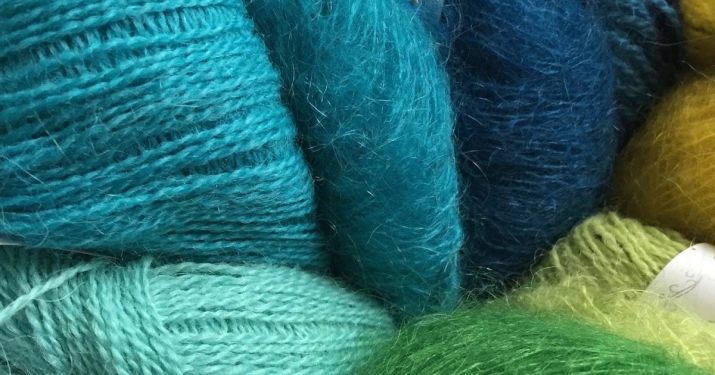
With melange. Synthetics are also present in melange yarns. This option is often chosen for creating knitted children's products.
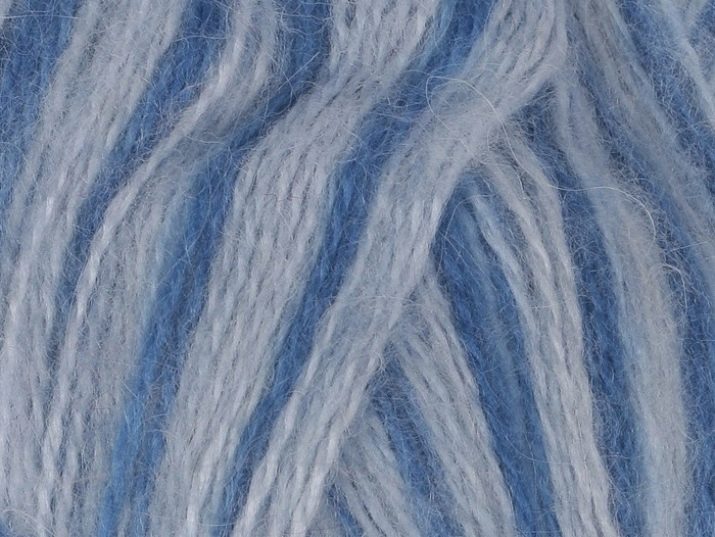
Cotton with acrylic. This is the perfect combination for knitted summer clothes. 100% cotton has good qualities, but a very high density, which makes the product heavier. Because of this, it dries for a very long time after washing and can even give significant shrinkage. High volume acrylic gives natural cotton yarn lightness and gloss, allowing the openwork knit to be "airy". Cotton yarn with acrylic keeps its shape perfectly.


The assortment of acrylic yarns is very diverse in terms of fluffiness, combined with additional fibers, in thickness, color, density and curl.

Where is it used?
Acrylic fibers are most commonly used in fabrics and yarns. They soften the natural fibers of the wool, making them softer and more pleasant to wear. In addition, they help to maintain the color of the finished product and prevent shrinkage.
Synthetic acrylic yarns without additives are rarely chosen, although they are ubiquitous in stores. More often they knit with knitting needles and crochet from a mixed yarn of 2-3 components, including with acrylic.
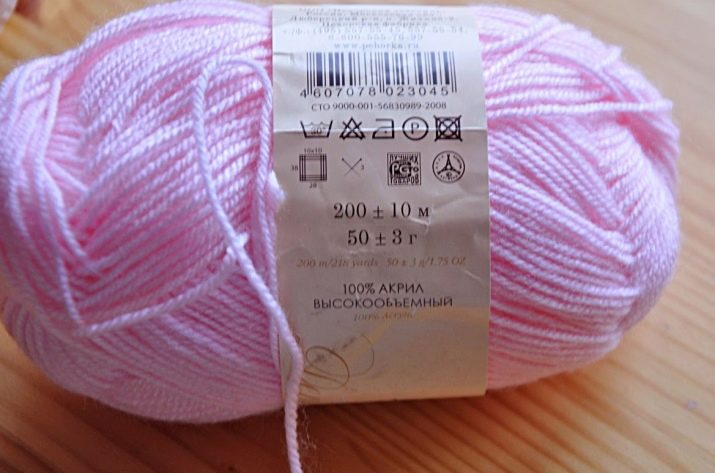
The thickness of acrylic yarn can be varied. Each manufacturer has skeins of fine thread and thicker, including trendy bulky options. Accordingly, the choice of a product that can be knitted from them is limited only by one's own imagination.

Multicomponent yarn makes great things for babies.Since the thread does not cause irritation, it is gentle and inexpensive. This is practical because children grow up very quickly. This yarn is also suitable for knitting toys. They turn out to be bright and budget-friendly, easy to wash and dry quickly.
Bulky threads can make a spectacular knitted blanket that will last a long time. As well as decorative pillowcases, potholders, lampshades and other decorative elements. Acrylic threads are often used to create stylish jewelry: beads, bracelets, brooches and more. Sweaters and sweaters made of mixed yarns will delight people with allergies to wool.


Recommendations for the care of products
Items made of acrylic or blended yarn should not be ironed with a hot iron. The high temperature destroys the structure of the synthetic fibers. It is advisable to iron through damp gauze using a suitable mode. The iron must be warm.
Wash only with a delicate cycle or a synthetic program... Ideally hand wash.


Shown to add a rinse aid or antistatic agent to relieve static electricity.
Spin - only at low speeds. It is better not to wring out in the machine at all, but to use a terry towel to absorb excess moisture.

Dry the item on a flat surface, giving the desired shape. On a battery or near a heating device, the product may lose volume and elasticity.
Acrylic yarn has many positive qualities, which allows you to be creative when creating knitted items. If you know the features of this material, then knitting and the use of finished products will bring only pleasant emotions.








